
FESPA Global Print Expo 2018 will take place in Berlin in May
“Ich bin ein Berliner” (I am a Berliner)
These were the famous words uttered by John F. Kennedy in 1963 in front of the Schöneberg town hall. Not just once, but twice. Although Berlin, being the frontline city of the West, may belong in the past, the utterance still resonates in the hearts of its inhabitants: perhaps this is the reason why things are different in Berlin compared to the rest of the republic.
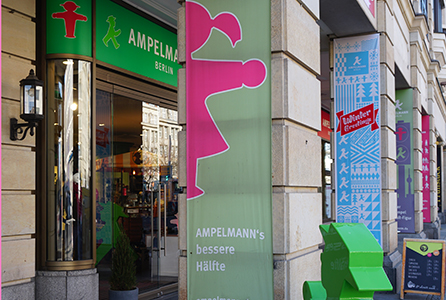
Ampelmann: The traffic light figures of the GDR were retained after the fall of the wall in the former eastern districts of Berlin. They proved so popular that in no time at all they could be found all over Berlin and on countless souvenirs. Ampelmann even had its own shop on the Unter den Linden Boulevard.
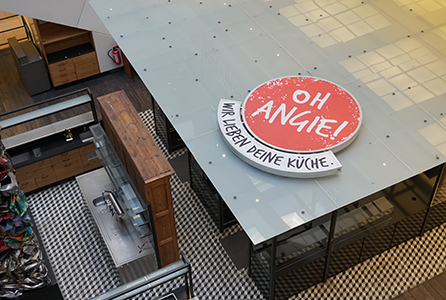
Angie: The “Oh Angie!” restaurant is a concept of the Rewe Group. The focus is on “delicious fresh food” at any time of the day. Unfortunately, the restaurant in Quartier 205 is currently closed, which is a pity - the beautiful logo on the roof really whets your appetite.
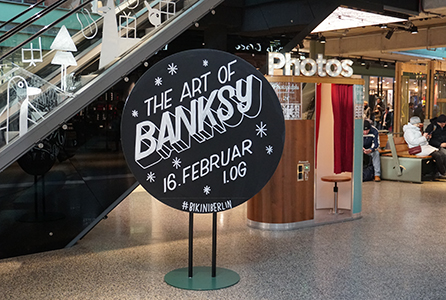
Banksy: The stand looks like a retro sign with chalk writing. Of course, it is actually digitally printed and is advertising an exhibition of the famous street artist Banksy in the Bikini Berlin design mall.
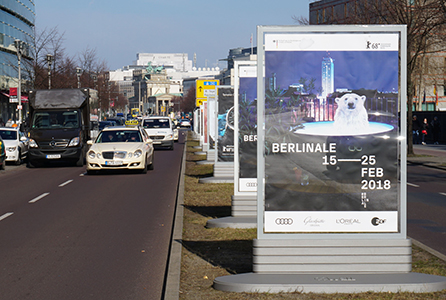
Berlinale: The “Berlinale Palast” is near Potsdamer Platz. Lots of celebrities converge there during the Berlin International Film Festival in February. To make sure everyone knows about this, the central reservation on the access road is plastered with posters advertising the Berlinale.
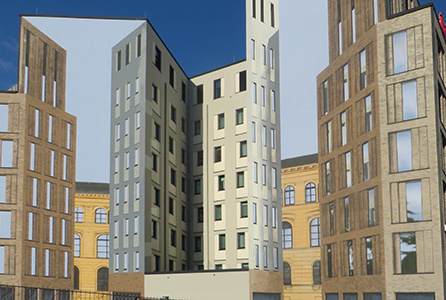
ComicHauptbahnhof: Major construction is underway around Berlin Central Station. The large-format prints on the buildings are intended to show what it will look like when the construction pits are finally closed.
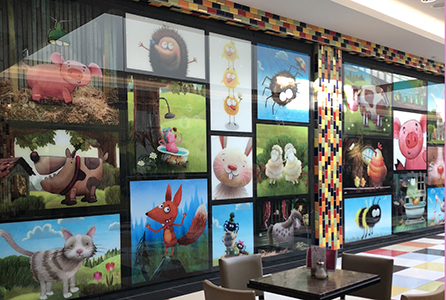
ComicMall: The centrally located Mall of Berlin in Leipziger Platz opened just a few years ago. In the eastern part, however, some shops on the upper floor are currently empty. But you could be forgiven for forgetting this fact, given the lovingly designed and high-quality printed stickers in the shop windows.
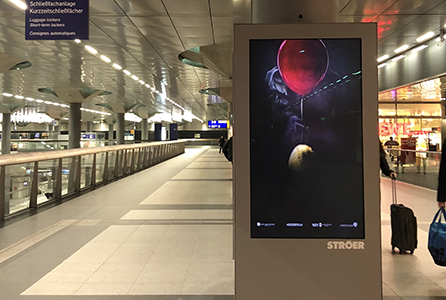
DigitalSignageHBF: In Berlin, lots of the busy underground stations as well as the central station are already extensively equipped with stands for digital advertising, which allows the content to be automatically adjusted to the time of day and the audience. With a little luck, those who have been courted in the central “shopping station” can also take the desired products home with them.
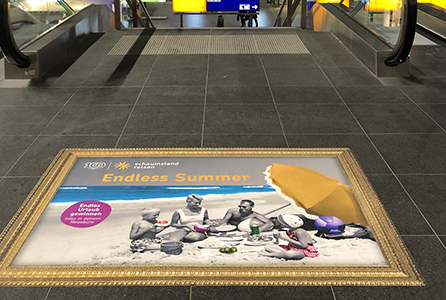
Floorgraphics: Some 300,000 people pass through Berlin Central Station every day, so any floor sticker would need to endure a lot. The one shown here seems to be quite new - at any rate, it conveys the holiday utopia of travel company Schauinsland Reisen perfectly.
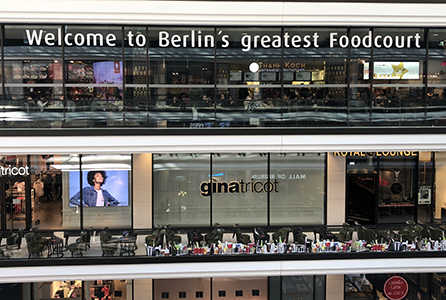
Foodcourt: The view into the courtyard of the Mall of Berlin is almost a showcase for digital printing and advertising technology: neon signs, digital signage, backlit billboards and stickers on glass converge within a few square metres.
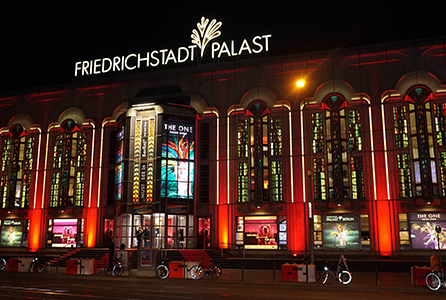
Friedrichstadt: The Friedrichstadt Palast was built in 1984. Although back then it was still in East Berlin, it was equipped with state-of-the-art stage technology. Today, it is considered one of the leading revue theatres in Europe. The “Kickline”, which consists of 32 dancers, is especially well-known. The luxurious lighting is also not to be scoffed at.
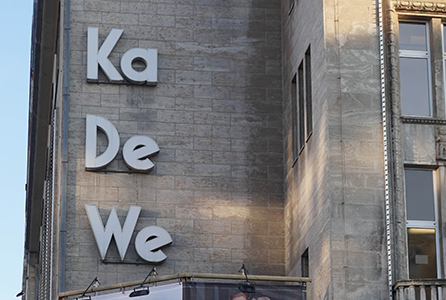
Kadewe: In the Cold War, KaDeWe, short for “Kaufhaus des Westens”, was a flagship of western consumer culture and a place that Eastern Europeans longed to visit. Today, it is an international luxury department store with shop spaces for many international designer labels. The current Jimmy Choo collection is advertised on the façade with a digitally printed poster.
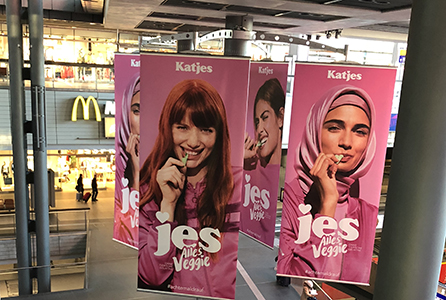
Katjes: The Katjes campaign went live in several major stations in Germany in early 2018. It highlights the fact that the confectionery manufacturer has products without gelatin in its range. This pleases vegetarians as well as Muslims, who generally do not consume pork products.
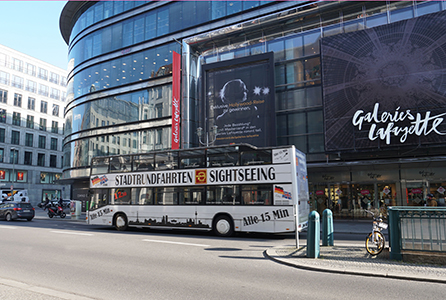
Lafayette: Berlin’s Friedrichstraße is home to one of the very few branches of this famous Parisian department store outside France. No wonder it’s an integral part of every city tour.
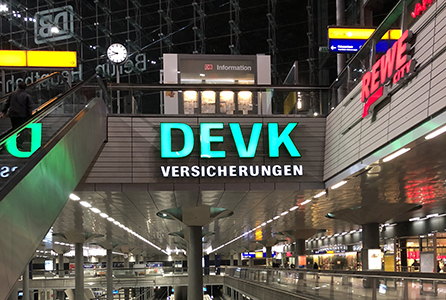
Leuchtwerbung_Bahnhof: Berlin Central Station is described as a “shopping station” and this is no exaggeration given the 15,000 square metres of retail space it contains. You will find pretty much everything here, from a Rewe supermarket to an electronics store. DEVK Versicherungen, however, just has image advertising.
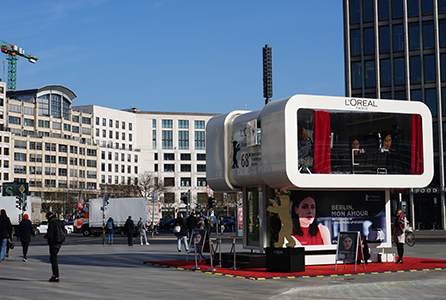
L’Oreal-Berlinale: During the Berlinale 2018, cosmetics giant L’Oréal built a pavilion directly on Potsdamer Platz where visitors could be given a style makeover. The perfect place for successful image advertising.
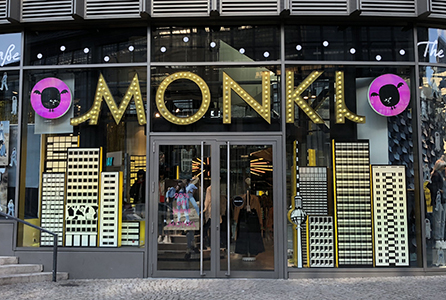
Monki: Fashion label Monki has opened a beautiful flagship store directly on Friedrichstraße. Retro illuminated advertising and windows covered with digitally printed films create the perfect atmosphere.
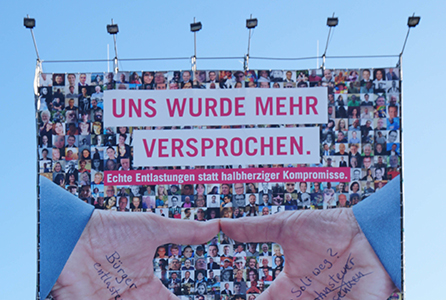
PolitischesPlakat: On a large format poster within sight of the Brandenburg Gate, the New Social Market Economy Initiative addresses Chancellor Angela Merkel and demands election promises be kept.
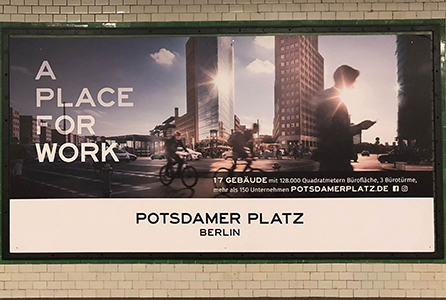
PotsdamerPlatz: The first line of the Berlin U-Bahn (underground railway) opened back in 1902. Hence, some stations have a quite charming patina. In some places the frames have been integrated directly into the design for posters, like here in Potsdamer Platz.
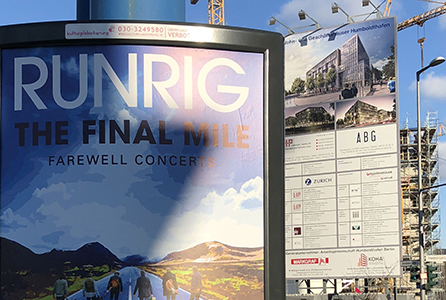
Runrig: At a construction site not far from Berlin Central Station, the band Runrig is advertising its farewell tour. Although a lot is being built in the area, there is hardly any flyposting. There are many large format construction signs that could be used for this.

Samsung: The Humboldt Forum in the new Stadtschloss (City Palace) is one of the most expensive cultural sites in the Republic - and one of the largest advertising spaces in the city. Until 2018, a private investor may use the hoardings and the building to compensate for the construction of the info box for the construction site.
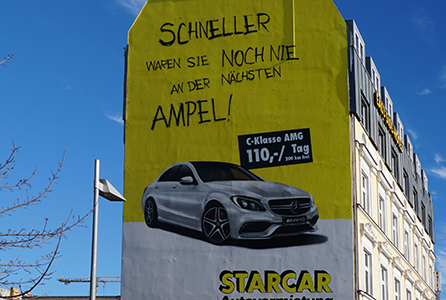
Starcar: The Starcar rental company is advertising its services on a hostel near the Oberbaum Bridge. It is the perfect place because many tourists pass by on their way to the Mercedes-Benz Arena.
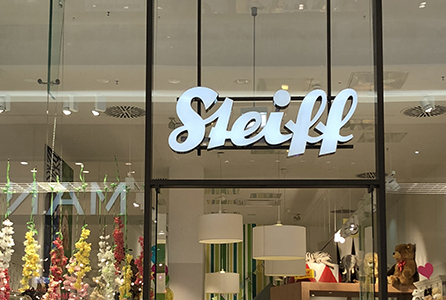
Steiff: The company Margarethe Steiff GmbH, founded in 1880, is famous for its teddy bears, but the first product it actually produced was a small felt elephant. Today, older Steiff animals are much-coveted collector's items. For some time now, the company has sold children's clothing in its shops (like here in the Mall of Berlin).
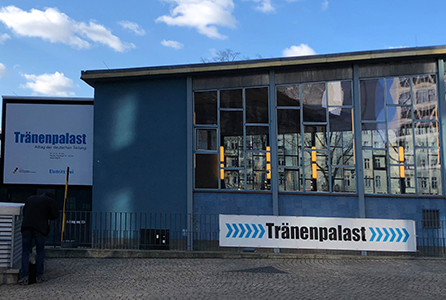
Traenenpalast: During the days of the Berlin Wall, the “Tränenpalast” (Palace of Tears) was a border point through which Berliners could travel to the east of the city and visit their relatives. Today, a free exhibition inside tells the often tragic stories of family life at the inner German border.
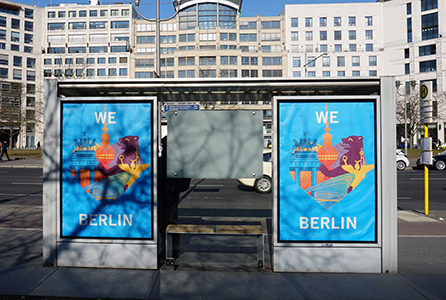
We Love Berlin: In the spring of 2018, city light posters with image advertising for the city of Berlin will hang in many bus shelters. After a 15-year boom, in 2017, growth in the number of tourists was surprisingly weak.